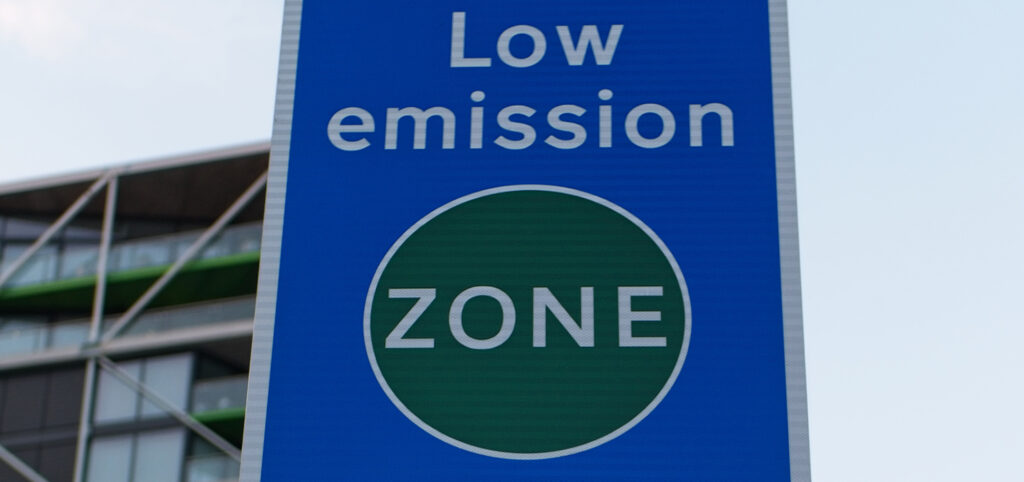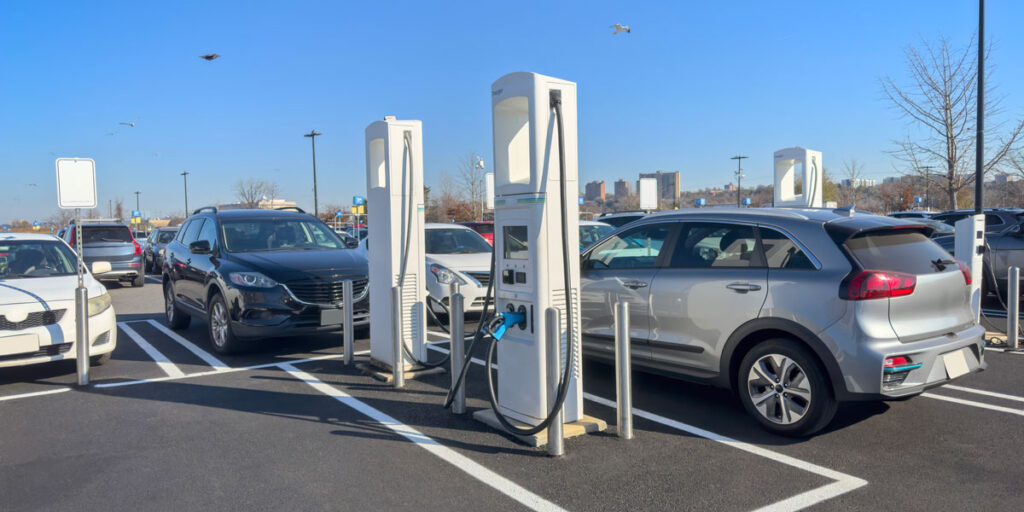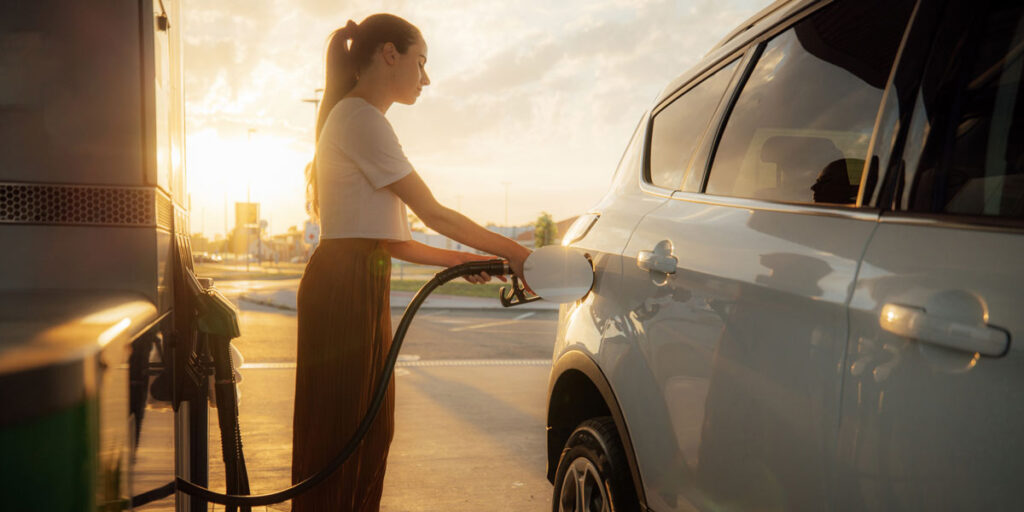Another potential bi-product may well be increased sales in the electric van space, as businesses look to dispose of fuel and diesel vehicles in reaction to the Mayor of London’s scrappage scheme.
What might the London ULEZ mean to the broader UK motor retailing market?
There will be learnings to take from London’s ULEZ initiative as the rest of the UK is tasked with developing CAZs (Clean Air Zones) involving the introduction of charged or non-charged measures to improve air quality.
Birmingham, Leeds, Nottingham, Derby and Southampton have been mandated by the Government to introduce a Clean Air Zone by 2020. In addition, the Government also named 23 local authorities (where it expects pollution levels to reach illegal levels by 2021) to carry out feasibility studies to determine whether or not a Clean Air Zone is required.
Creating clean air is a crucial issue that will impact motor retailing: the rise of alternative fuelled vehicles (AFVs), the impact on residual values and operating costs will all be affected.
So what is the London ULEZ?
- The London ULEZ is an identified area (that will extend over time) within which all vehicles must meet emission requirements or face a daily charge to travel.
- The initial London ULEZ will be launched on April 8th 2019; subsequently it will extend on a controlled basis around Greater London and by 2021, it will stretch to include the North and South circular roads.
- Any diesel car or LCV not that does not meet Euro 6 emission standards and any petrol vehicle that does not meet Euro 4 emission standards will need to pay1 an extra £12.50 in addition to the existing Congestion Charge to enter London.
- Buses, coaches and HGVs will be charged -100 per day when entering the ULEZ, while motorcycles and mopeds will need to meet Euro 3 emissions standards to avoid paying the charge.
- The fee charging structure, which will rely upon number plate recognition, will operate 24 x7 x 365.
- The Mayor of London’s office estimates that 100,000 cars, 35,000 vans and 3,000 lorries stand to be affected by the ULEZ each day.
While there are some exemptions and deferrals from the ULEZ for residents, Black Cabs, vehicles for those with disabilities and historic vehicles, it is clear that a significant number of vehicles travelling into the capital will be impacted. The sheer cost of continuing regular journeys in and around London is likely to mean that many of the businesses or owners are likely to be back in the market for a replacement vehicle that is not impacted by the ULEZ sooner rather than later. Such stock may well command a premium.
Notes & Sources:
1 The London ULEZ will affect petrol vehicles that do not meet Euro4 standards and diesels that do not meet Euro6 emission limits. Typically, this means diesel vans, cars and minibuses that are older than four years in 2019 will have to pay, while petrol cars older than 13 years will also be charged.
https://www.london.gov.uk/press-releases/mayoral/ultra-low-emission-zone-to-expand
http://www.arrowglobalir.net/files/file/download/id/404
https://www.bbc.co.uk/news/business-46889433
https://tfl.gov.uk/modes/driving/ultra-low-emission-zone/scrappage-scheme










